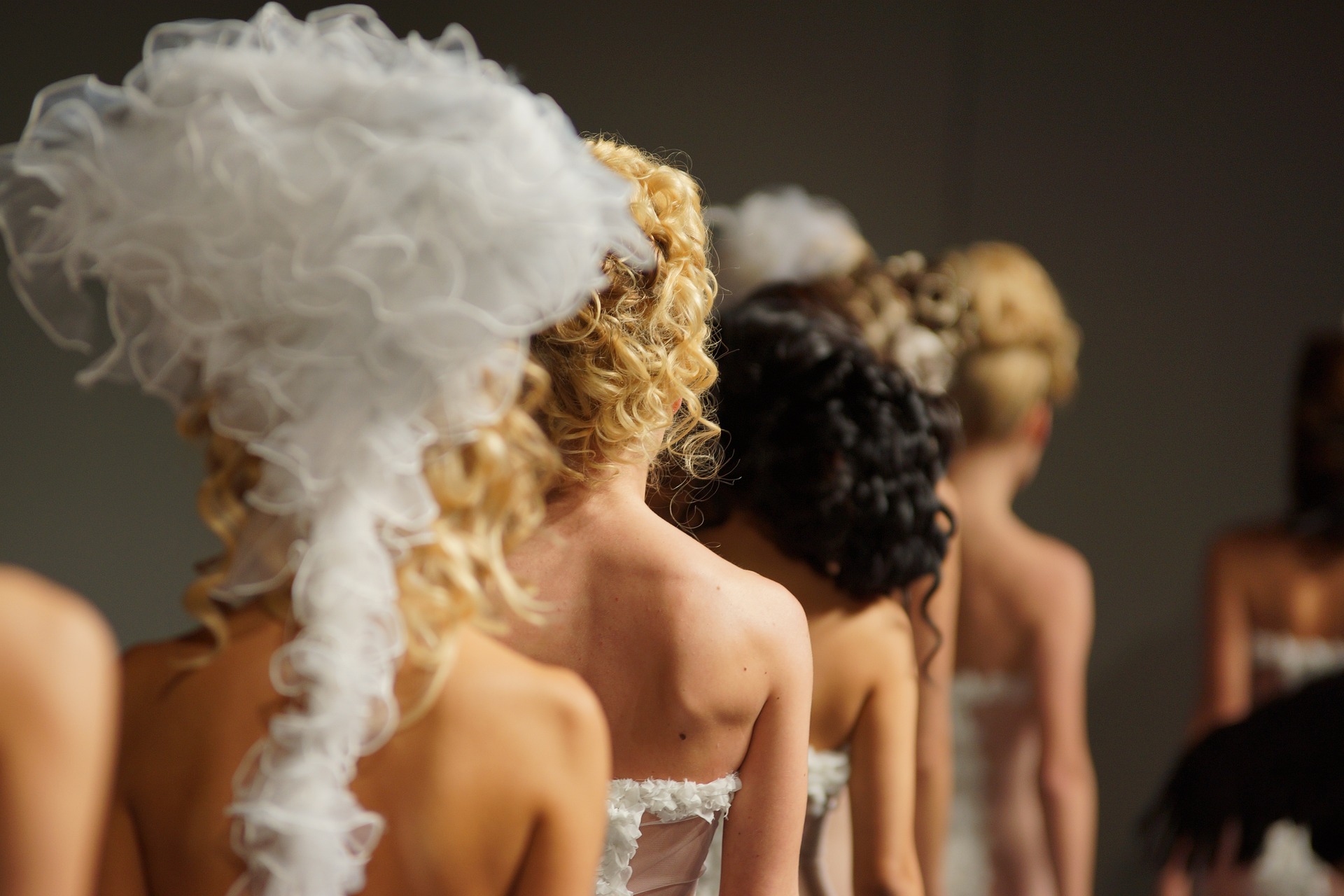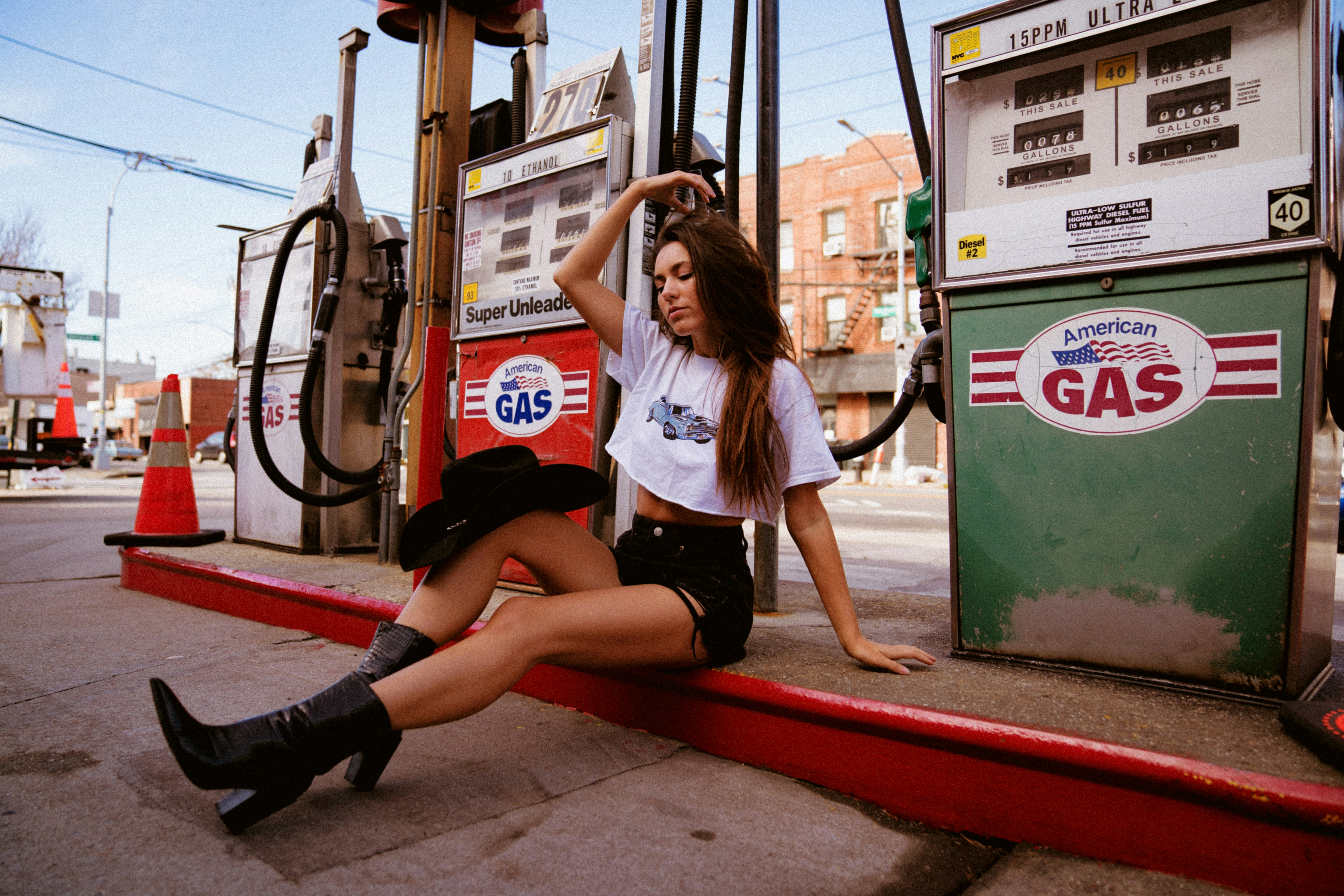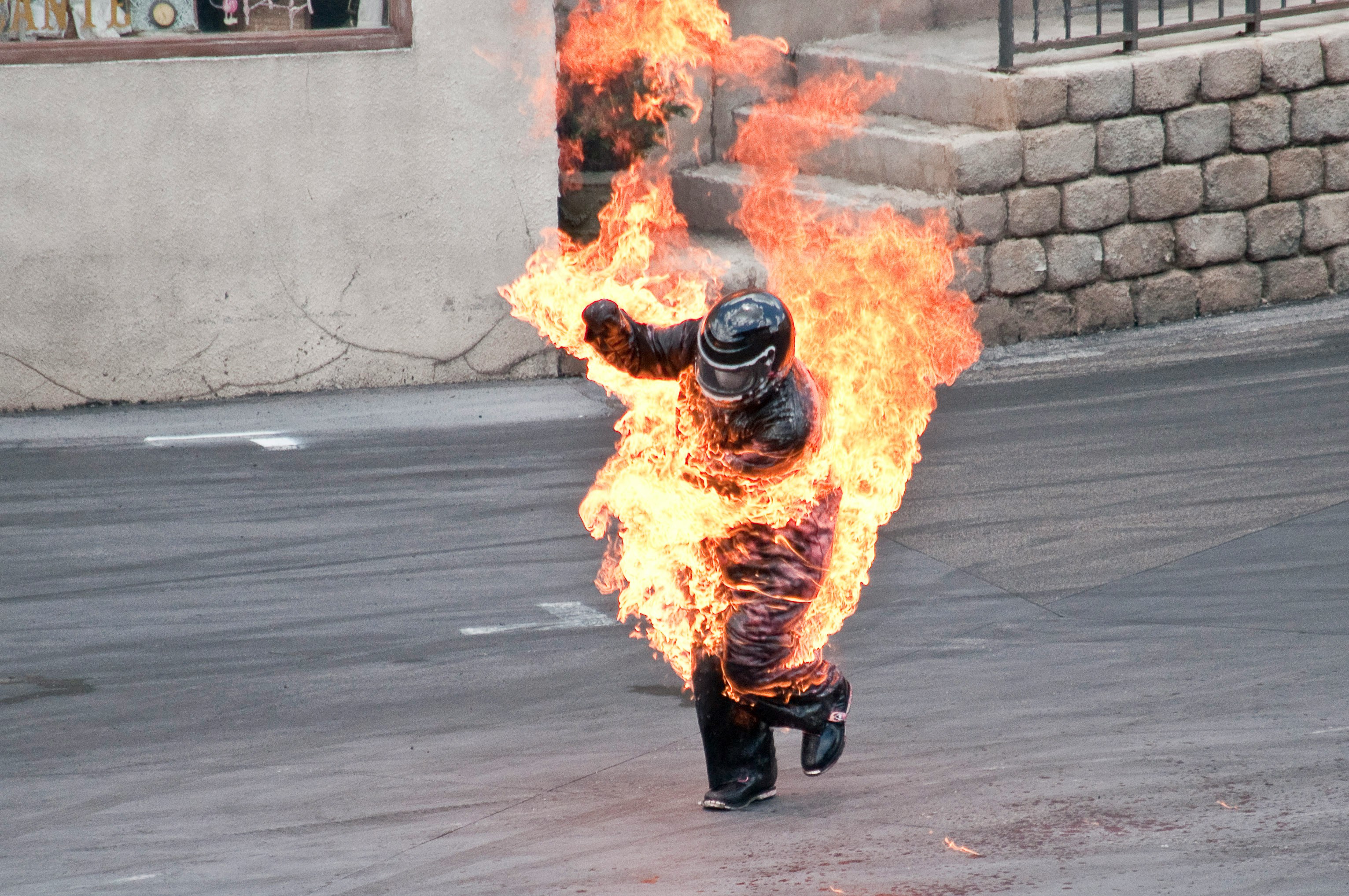When Pop Culture Meets Couture: Art on the Runway
From music videos to Met Gala red carpets, fashion has long been a canvas for artistic expression. But in recent years, the relationship between pop culture and high fashion has intensified, creating an exciting convergence where art, celebrity, and couture collide in powerful ways that both challenge and expand our understanding of creative culture.

A historical fusion of fame and fashion
While the intertwining of popular culture and fashion is not new, its evolution has been extraordinary. In the early 20th century, designers like Elsa Schiaparelli collaborated with artists such as Salvador Dalí, blending surrealist ideas into wearable art. By the 1980s, fashion shows became theatrical spectacles, thanks to designers like Jean-Paul Gaultier and Thierry Mugler, who embraced music videos, dance, and performance as central elements.
This cultural fusion found a mainstream audience in the 2000s as pop stars like Madonna, Lady Gaga, and Kanye West turned album releases and tours into fashion showcases. Their stylists began working directly with luxury houses, creating custom looks that blurred the lines between celebrity endorsement and avant-garde presentation.
Fashion as a vehicle for cultural storytelling
Today, fashion serves as a powerful narrative device, often carrying messages of identity, resistance, and history. Designers like Kerby Jean-Raymond of Pyer Moss and Telfar Clemens of Telfar use their collections to tell stories of Black identity, queerness, and social justice. Pop culture stars—many of whom have vast global platforms—amplify these messages, turning runways into global stages for discourse.
The result is a kind of cultural echo chamber. When Zendaya wears archival Versace to a movie premiere or Rihanna dons custom Alaïa at a halftime show, their influence extends beyond the garment. These moments resonate across social media, fashion press, and fan communities, blending high art with mass appeal in real time.
The growing influence of celebrity-curated fashion
Celebrities are no longer just muses or models—they are curators, collaborators, and in many cases, designers. From Pharrell Williams taking the helm at Louis Vuitton menswear to Kim Kardashian shaping SKIMS into a billion-dollar brand, pop culture icons are now integral players in the fashion ecosystem.
These figures bring unique perspectives, blending entertainment, marketing, and personal style with commercial savvy. They also have access to audiences that traditional fashion houses struggle to reach. A Met Gala gown worn by a major star can eclipse an entire Fashion Week season in terms of global visibility and conversation.
The business side is equally important. Brand partnerships and limited-edition drops create scarcity, drive demand, and blur the line between fashion and merchandise. In this model, celebrity becomes the medium, and the clothes become both artwork and artifact.
The spectacle of fashion in digital pop culture
The digital age has further amplified this merger. Platforms like Instagram and TikTok have transformed how fashion is consumed and created. Viral runway moments, red carpet debuts, and behind-the-scenes fashion content now dominate timelines and influence global style trends within hours.
Fashion films, short documentaries, and digital-only fashion weeks reflect how the industry has embraced cinematic language. The line between film and fashion has thinned as brands like Gucci and Balenciaga produce episodic content and visual campaigns that mirror prestige television in style and scope.
Meanwhile, the use of avatars and virtual influencers signals a new era. Digital fashion shows featuring stars like Bella Hadid rendered in CGI or virtual garments worn in the metaverse demonstrate how far the interplay between pop culture and couture has progressed.
Cultural impact and future directions
This fusion of fashion and pop culture is not without criticism. Some argue it dilutes artistic rigor in favor of spectacle, while others see it as a democratization of high art. Either way, it is reshaping the cultural landscape.
Fashion is no longer confined to runway shows and glossy magazines. It lives in the lyrics of a song, the frame of a movie scene, the architecture of a music video, and the curated aesthetics of a celebrity’s Instagram grid. It is performance, politics, and identity wrapped into fabric and silhouette.
As younger generations demand authenticity, inclusivity, and transparency, the pop culture-fashion nexus will continue to evolve. Expect more collaborations with artists outside of traditional fashion spheres—from poets to tattooists—and deeper integration with causes, content creation, and tech innovation.
Cultural insights for creators and audiences
-
Celebrity fashion moments often carry social, political, or historical symbolism
-
Digital platforms have made fashion more accessible and instantaneous
-
Collaborative fashion is influencing both industry standards and consumer expectations
-
Pop culture has become a key vehicle for global fashion trends
-
The line between fashion, performance, and content is increasingly blurred
The meeting of pop culture and couture isn’t just a trend—it’s a creative shift that is redefining what it means to express identity through style. As art, entertainment, and fashion continue to merge, the runway becomes more than a showcase: it becomes a stage for cultural storytelling on a global scale.




